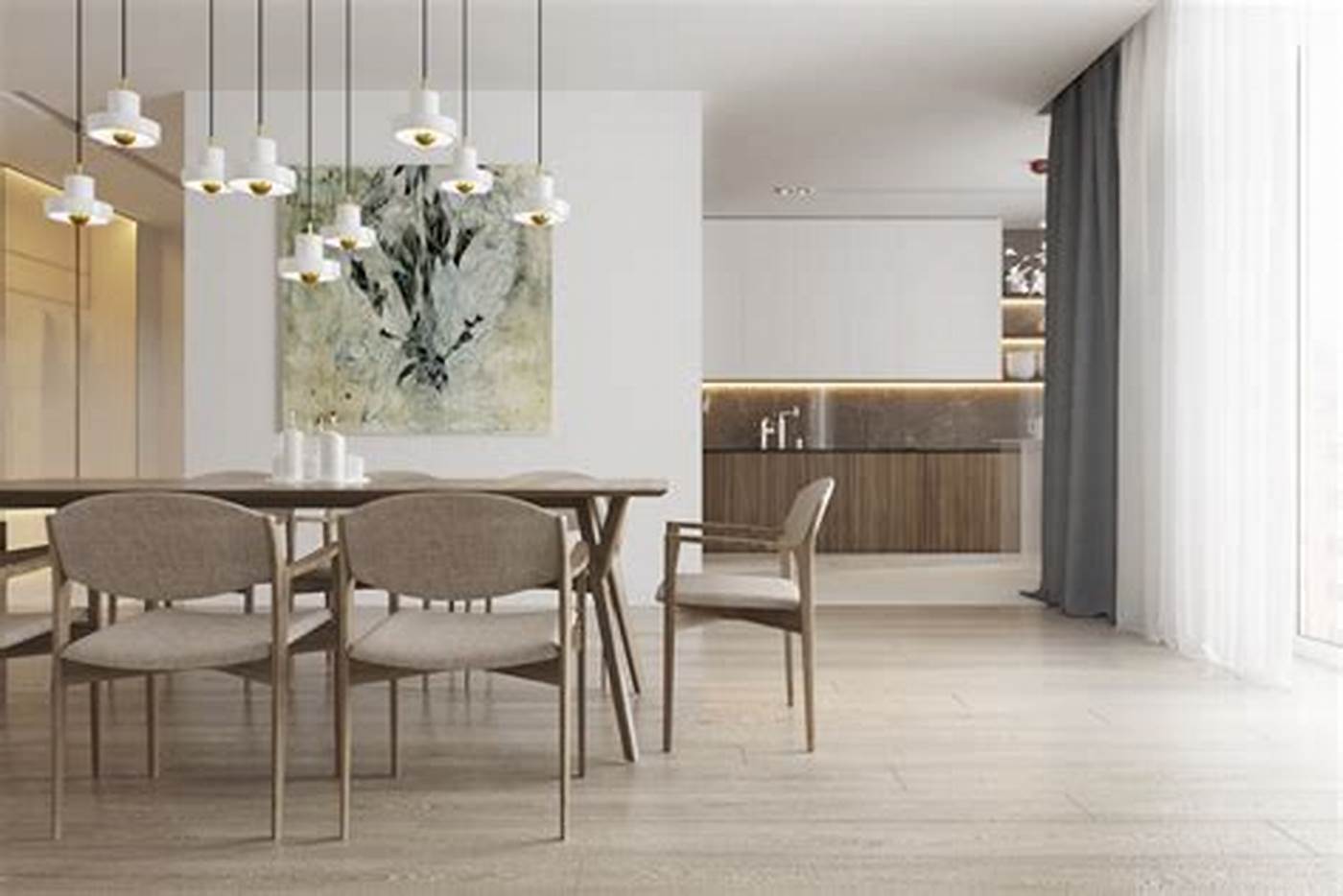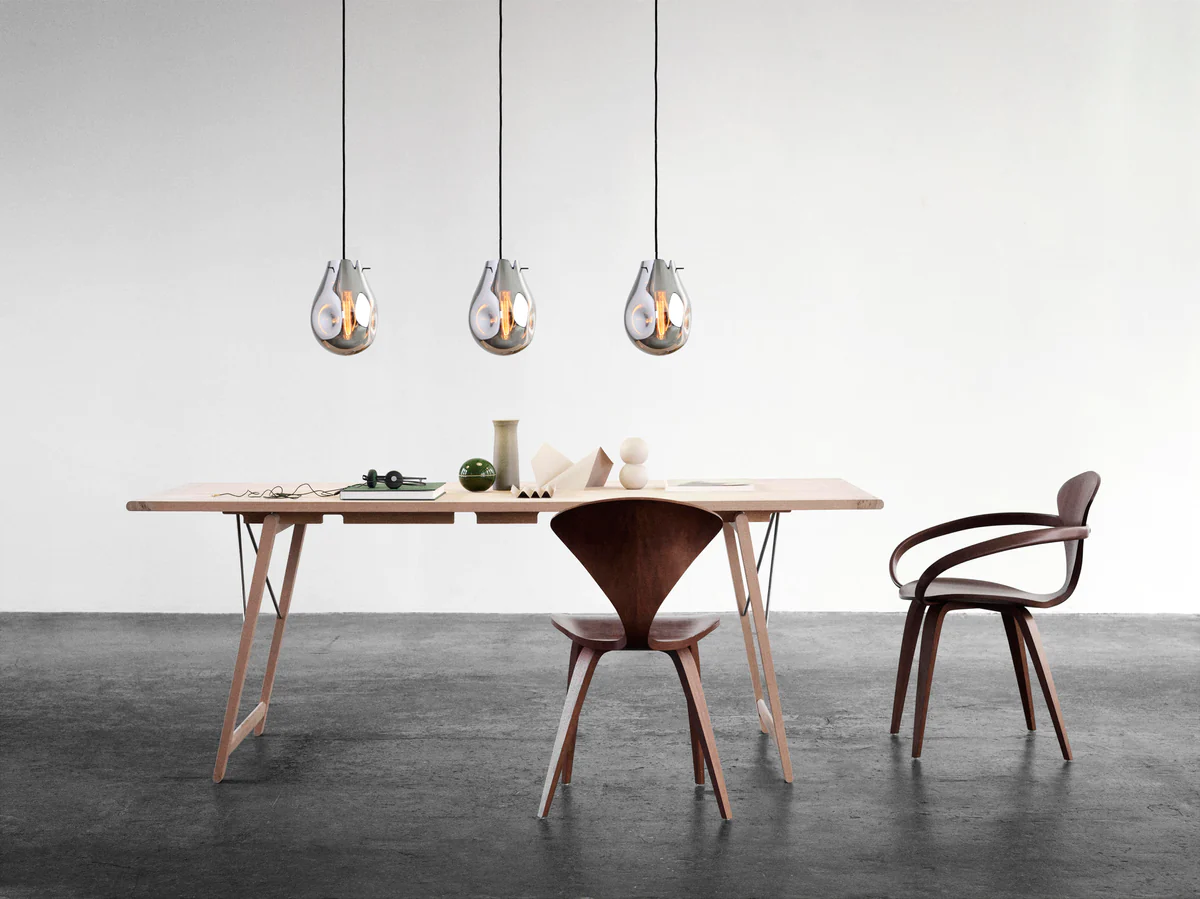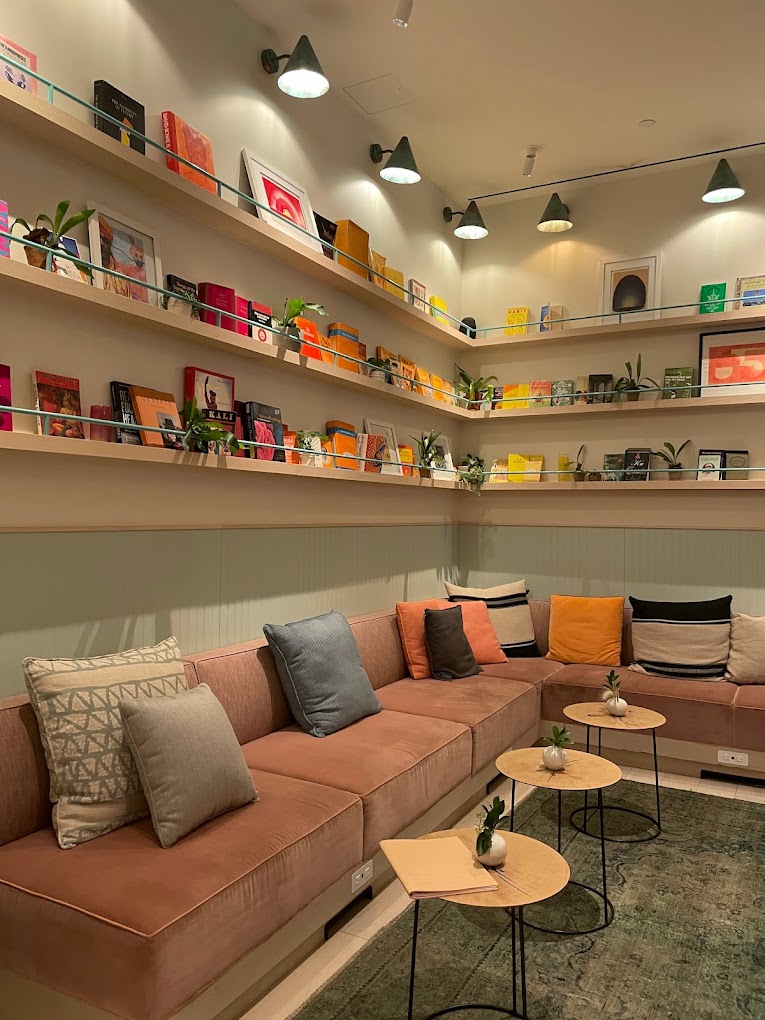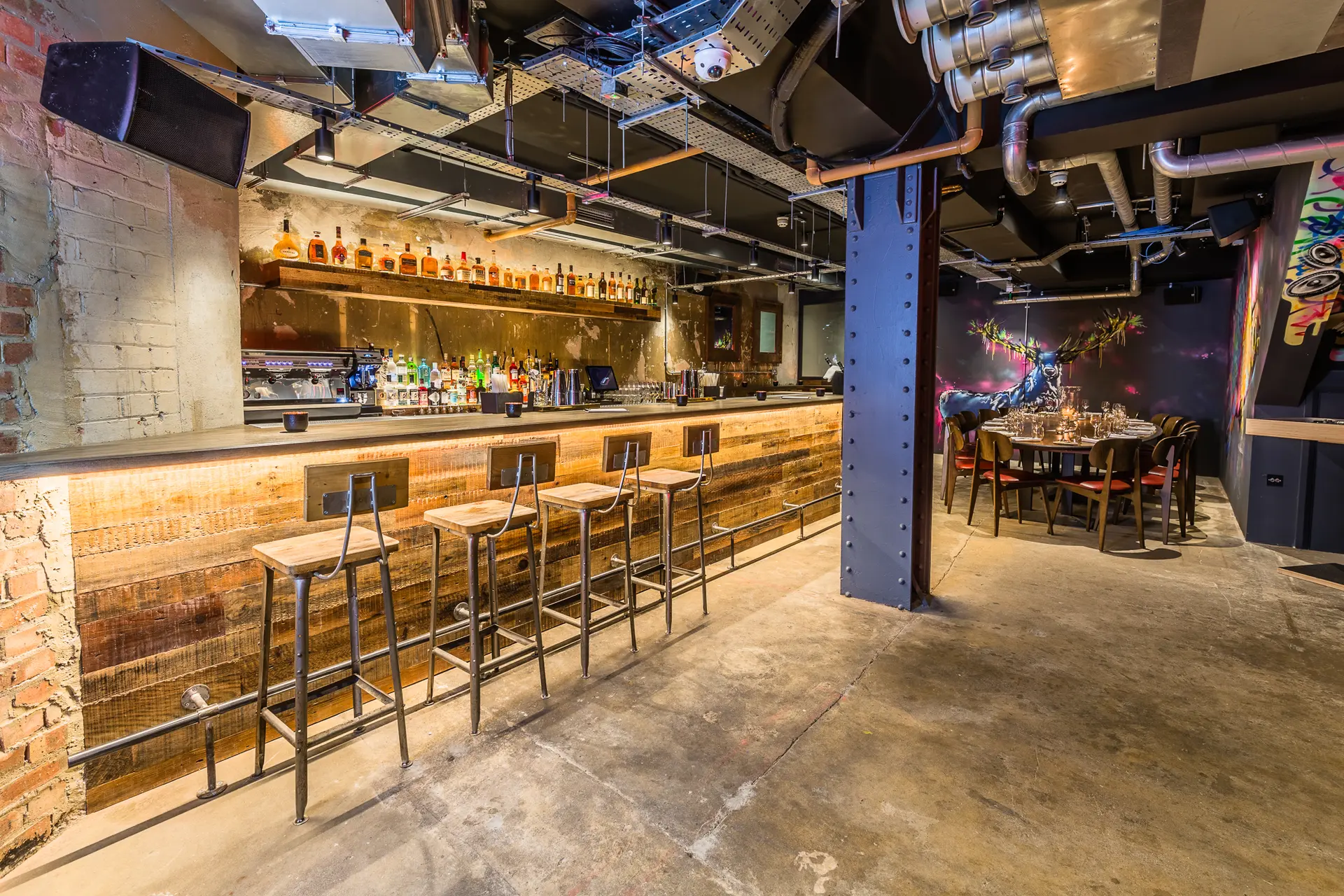When selecting pendant lighting above your dining table, the size and dimensions you choose play a big role in achieving visual harmony and comfortable illumination. Oversized pendants compete with your table as the focal point, while undersized mini pendants leave you in the dark. Follow these guidelines on properly scaling and positioning your dining pendants, so they provide elegant accent lighting without overwhelming the space.

Match Pendant Fixture Width to About 1/3 Your Table Length
As a general rule of thumb, the recommended width for hanging pendant lighting over a dining table is about 1/3 the length of the table. For example, for a 6 foot long dining table, ideally select pendant fixtures that are 24 inches wide or less. Much wider fixtures can appear too bulky and distracting, rather than accenting a smaller table elegantly. The smaller the table, the more modest the pendant dimensions should be.
Allow at Least 12 Inches Clearance Between Pendants and Table Corners
When determining pendant dimensions for your dining table, be sure to allow several inches of clearance between the outer edges of the pendant fixtures themselves and the nearest table corners or edges. This prevents the pendants from interfering with centerpiece placements or your movements when serving dishes, pouring drinks, or reaching for food at the table edges. At least 12 inches of breathing room is recommended.
Factor Total Height into Visual Impact
The overall height of your pendant fixture includes the height of the ceiling canopy, hanging rods or cables, and the pendant shade itself. Combined, these elements affect the visual balance and light spread over your table. Standard total heights for dining pendants range between 28-34 inches from ceiling to bottom of shade.
Maintain Minimum 30-34 Inch Height Above Table Surface
For comfortable dining and conversation, the bottom rim of your pendant shades should hang at least 30-34 inches above the level of your tabletop. Any lower, and the fixtures compete with dishes and decor and infringe on table activity zones. This minimum height clears sight lines and prevents pendants from feeling intrusive.
Look for Pendant Shades 14-22 Inches Wide and 10-18 Inches Tall
For best illumination over an average 6-8 foot dining table, pendant shades sized around 14-22 inches in diameter for rounds or width for rectangles tend to provide ideal light diffusion. Shade heights in the 10-18 inch range help project light downward without feeling oversized.
Ensure Sufficient Airspace Above Table for Deep Shades
Dome, drum, cylindrical, conical and other substantial pendant shapes require ample air space over the table surface to avoid grazing diners’ heads. Check manufacturer recommendations, but generally allow at least 16-18 inches between deep shade bottoms and your table height.
Use Linear 3-Light Pendants for Contemporary Style
For sleek, contemporary dining spaces, a linear three-light pendant fixture with matching shades provides beautifully balanced illumination. Keep the total width in scale with the table at around 1/3 the table length.

Select Adjustable Cords Allowing 24-60 Inch Heights
Choosing pendant fixtures with height-adjustable cords, cables, or rods that can be set anywhere from 24 up to 60 total inches allows you to tweak the perfect height for your dining table even after installation.
Distribute Light with Multiple Smaller Pendants
Rather than one oversized large pendant, multiple medium or smaller pendants spaced evenly above the table bathe the surface in uniform diffused light. Follow the 1/3 width general rule.
Accent Small Nook Tables with Mini Pendants 12-18 Inches Wide
For a homey breakfast nook or apartment dining space, don’t overlook mini pendants around just 12-18 inches in diameter. Use in combination with strategically placed wall sconces for ample lighting.
By honoring these guidelines for visually well-proportioned and comfortably positioned pendant dimensions, you can achieve dining lighting that feels tailored to your table size and decor style – illuminating your meals perfectly without overpowering the space.










